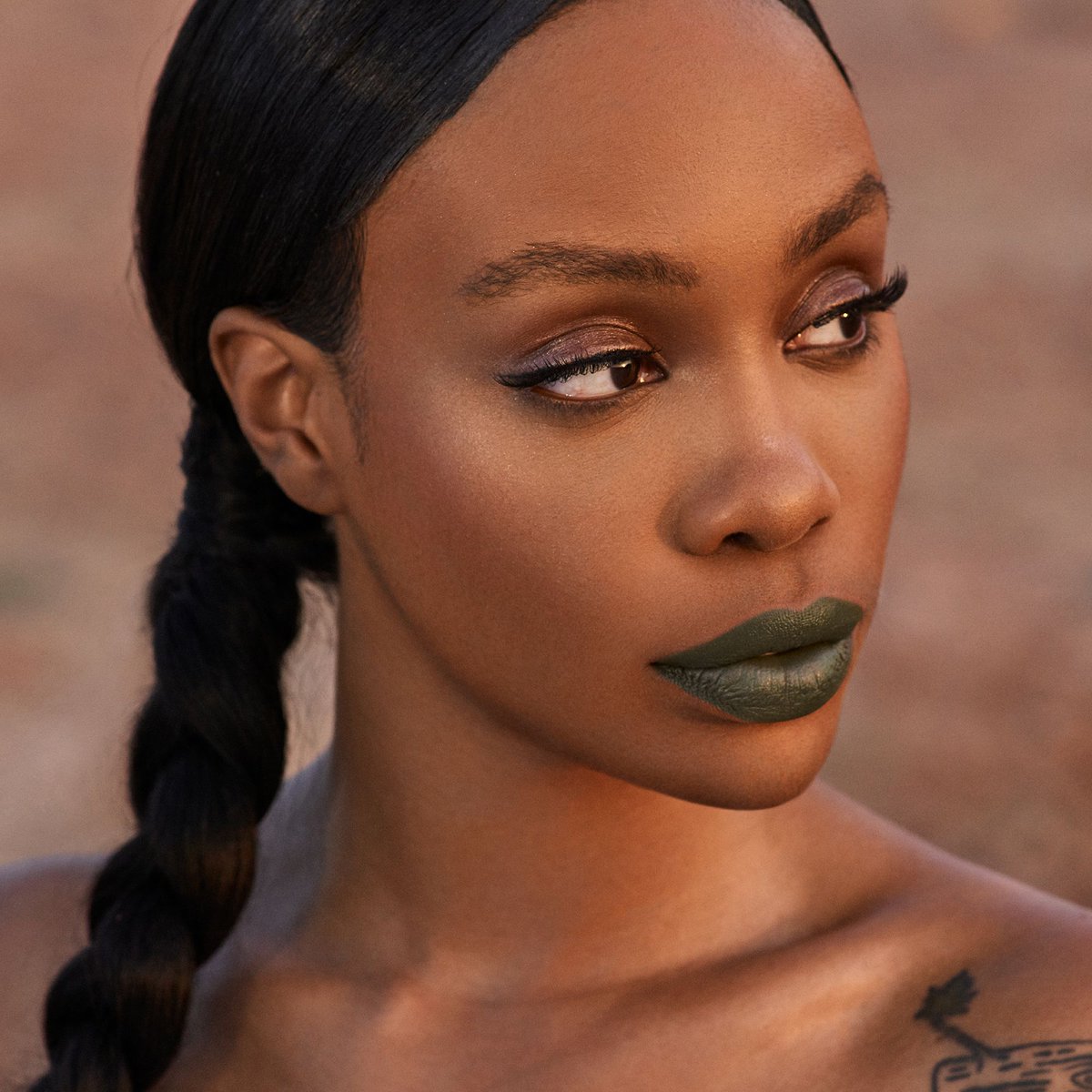simply click the following webpage beauty industry has undergone a remarkable transformation over the past decade, with transparency emerging as a powerful catalyst for this change. I still remember the days when I would flip through the glossy pages of fashion magazines, captivated by images of models sporting perfect skin and flawless makeup. Yet, deep down, I always questioned what lay behind the camera and the miracles promised by the beauty products lining the shelves. Fast forward to today, and the conversation surrounding beauty has dramatically evolved. Transparency has transitioned from a mere trend to an undeniable necessity.
Numerous brand leaders and influencers are now championing the cause of honest labeling, ingredient disclosures, and ethical practices. Today’s consumers are not just passive recipients; they demand clear information about what they’re applying to their skin. With the rise of social media, everyday individuals have found their voices, sharing their real experiences and making it harder for brands to hide behind glossy advertisements. This evolution has prompted companies to reassess their marketing strategies, crafting messages that truly resonate with an audience hungry for authenticity. Expand your knowledge with this external content! hair gel for sensitive scalp, explore the suggested website.
The Personal Impact of Ethical Choices
Honestly, I didn’t start considering ethical choices in the beauty industry until a transformative moment at a local wellness fair. I stumbled across a booth featuring a brand dedicated to sustainable ingredient sourcing and fair trade practices. Listening to the founder recount her journey—the challenges she faced, the triumphs she celebrated, and the commitment to transparency that guided her business—was profoundly inspiring.
This encounter shifted my perspective in a way I had never expected. I began to realize that choosing beauty products was not just about achieving a radiant glow; it was about understanding the stories behind those products and the values they embodied. As I started to dig deeper into the brands I supported, I found myself aligning my purchases with my commitment to ethical consumerism. This personal journey not only elevated my skincare routine but also enriched my overall connection to the beauty industry.
Building Trust Through Transparency
Trust is a foundational pillar in any industry, but in beauty, it takes on added significance. Transparency cultivates a bond of trust between brands and consumers. For instance, a brand that openly shares its ingredient lists, outlines production processes, and discusses potential environmental impacts demonstrates confidence and integrity. This level of honesty fosters a loyal community of users who feel empowered by their choices.
Social media has been instrumental in nurturing this trust. Many brands now engage with their audience through behind-the-scenes videos, Q&A sessions with experts, and calls for consumer feedback on product development. Such practices not only humanize brands but also foster a sense of inclusion in the beauty dialogue, making it feel like a shared journey.
The Influence of Social Media Advocates
On platforms like Instagram and TikTok, influencers dedicated to transparency are gaining significant traction. They are utilizing their platforms to educate their followers about ingredients, debunk myths, and foster honest conversations about beauty standards. I vividly recall watching an influencer conduct an extensive analysis of the “clean beauty” trend, meticulously dissecting popular products to clarify what truly qualifies as “clean” and what might be misleading. Moments like these are pivotal, contributing to a more informed consumer base ready to challenge the status quo.
It’s a snowball effect—one voice standing up for transparency inspires others to follow suit. This movement bridges the gap between consumers and the industry, shaping a marketplace where truth prevails and accountability becomes paramount.
Challenges and the Path Forward
Despite the significant strides made in the push for transparency, challenges persist. Some brands still mislead consumers with vague terminology and confusing jargon, leaving even the most seasoned beauty enthusiasts bewildered. Nevertheless, it’s vital to focus on the positive impact this movement has ignited among conscientious consumers, like you and me. The growing desire for clarity embodies a collective responsibility to demand more from brands.
As I delved deeper into this commitment, I discovered initiatives promoting ethical beauty practices, such as clean beauty certifications and eco-labels. These programs not only educate consumers but also hold brands accountable for their claims. It’s reassuring to realize that as consumers, we wield the power to foster change, advocating for clearer guidelines and regulations in the beauty industry. Complete your reading experience by accessing this recommended external resource. In it, you’ll find valuable and additional information to broaden your knowledge of the subject. hair gel for sensitive scalp, give it a look!
In closing, it’s evident that transparency is a priceless asset in the beauty sector. My own journey—from an awestruck admirer of glossy magazine pages to an informed advocate for ethical beauty—reflects the profound shifts occurring in this vibrant landscape. As I continue to explore and engage with the beauty industry, I invite others to join this journey—be curious, be discerning, and, above all, celebrate the inspiring stories that enrich our lives through the products we choose.


